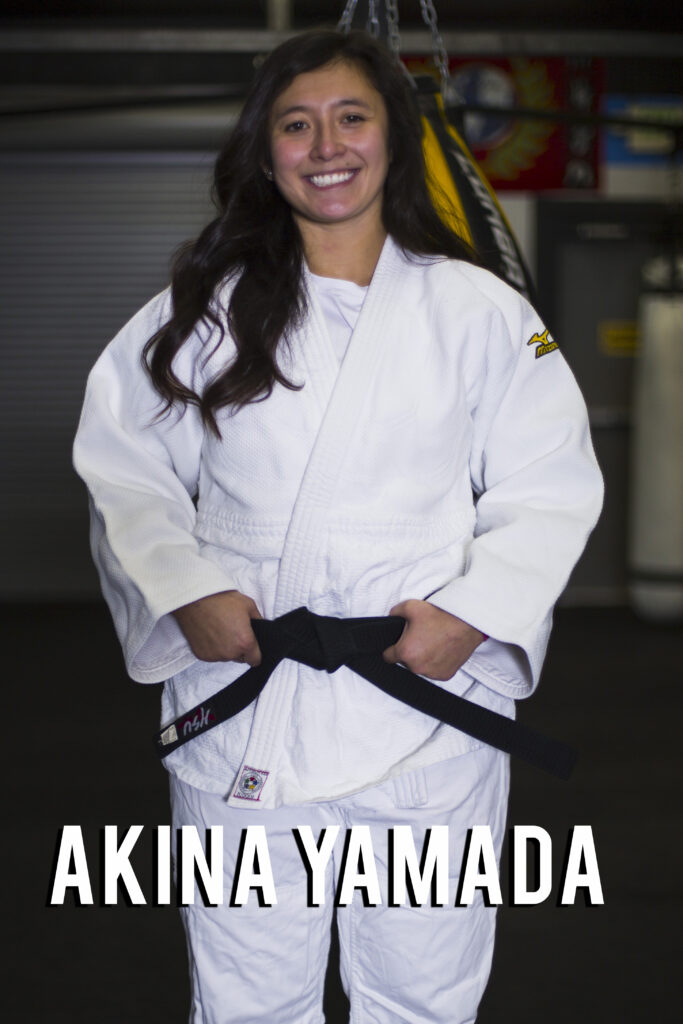Judo Classes in Boise
JOIN OUR JUDO CLASSES FOR WORLD CLASS MARTIAL ARTS & GRAPPLING INSTRUCTION
Improve Health
Gain Strength
New People
New Skills
New Challenges
Let's Get Started!
For more information on our Judo classes, contact us today
WHAT IS JUDO:
Judo (meaning “gentle way”) is a modern Japanese martial art and combat sport that originated in Japan in the late nineteenth century from another traditional school of martial art. Practitioners of judo are called jūdōka. A judo instructor or teacher is called sensei. Although the word judo means gentle way, a potential practitioner should not make the mistake of believing it is delicate and powerless discipline. In fact, judo forms the basis for many military and police combat training tactics around the world.
In judo, there are two main phases of combat: the standing phase (tachi-waza); and the ground phase (ne-waza); with each phase requiring its own (mostly separate) techniques, strategies, training regimen’s, conditioning and so on. Special training is also devoted to “transitional” techniques to bridge the gap between the standing phase and the ground phase. Judo’s inclusion of both the standing and ground phases of combat gives judoka the ability to take down opponents who are standing up and then submit them on the ground. Certainly, the most prominent feature of judo is its competitive element, where the object is to throw one’s opponent to the ground, immobilize or otherwise subdue one’s opponent with a pin, or force an opponent to submit by a joint lock or choke hold.
Judo’s primary focus is on throwing and groundwork which is accomplished through a variety of rolls, falls, throws, hold downs, chokes, joint-locks, and strikes. Throwing techniques (nage waza) are divided into two groups—standing techniques and sacrifice techniques. Standing techniques are further divided into hand techniques, hip techniques, and foot and leg techniques. Sacrifice techniques are also divided into backward fall techniques (those in which the thrower falls directly backwards), and side fall techniques (those in which the thrower falls onto his or her side). The ground fighting techniques are divided into attacks against an opponent’s joints (joint locks) or neck (strangleholds or chokeholds), or pinning techniques.
In the standing phase, the opponents attempt to throw each other. The main purpose of the throwing techniques is to take an opponent who is standing on his feet, mobile and dangerous, down onto his back where he cannot move as effectively. The main reason for the throw is to control the opponent and to put oneself in a dominant position. In this way, the practitioner has a greater potential to secure a decisive outcome. Another reason to throw the opponent is to shock the opponent’s body through force against the ground. Throwing techniques include four phases: off-balancing (kuzushi); body positioning (tsukuri); execution (kake); and finally, the finish (kime). Each phase follows the previous one with great speed; ideally, they happen almost simultaneously.
After a throw occurs, or if the opponents otherwise end up on the ground, combat continues on the ground through the use of ground fighting techniques. Of significance, however, an opponent is not allowed to simply drop to the ground to force a ground fight (ne-waza). Once properly on the ground, the opponents grapple in their efforts to secure either a submission by way of a chokehold or joint-lock, or a hold down (osaekomi) or pin.
A kind of sparring is practiced in judo, known as “free practice”. In free practice, two opponents attempt to submit or defeat each other using their previously learned judo throwing or groundwork techniques. For reasons of safety, chokeholds, joint locking, and sacrifice techniques are subject to age or experience restrictions. In free practice, when an opponent successfully executes a groundwork technique such as a chokehold or joint lock, one submits (or “taps out”), by tapping the mat or one’s opponent at least twice in a manner that clearly indicates the submission. When this occurs the match is over, the tapping player has lost, and the chokehold or joint lock ceases.
Various aspects of judo principles and training methods promote attributes and skills helpful in self-defense and all other combat sports:
- Training with full power and speed against fully-resisting opponents builds speed, stamina, strength, and agility.
- Training in safe methods to take falls.
- Ability to accurately and quickly use balance, distance, and timing against skilled opponents in fully-resistive sparring. Judo practitioners are experts in controlling their opponent’s balance while maintaining their own.
- Sports Judo rules emphasize rapid transition to pins or submissions after a take-down, which builds skills in explosive use of chokes and locks in self-defense situations.
- Emphasis in controlling one’s opponent during throws allows a practitioner to dictate the angle, direction, and force with which their opponent lands on the ground. The consequences could be gentle or lethal, depending on the judo practitioner’s intentions.
It should be noted that the traditional rules of judo are intended to avoid injuries to the participants and ensure proper etiquette. In fact, research shows that judo is a particularly safe sport. This is true because a properly applied throw performed in a controlled way is designed to protect the opponent from injury. In addition, proper throwing techniques are thoroughly drilled by sensei’s before allowing participants to free practice, and sensei’s are present to supervise free-practice.
The philosophy developed for judo became the model for almost all modern Japanese martial arts that developed from other “traditional” schools of martial art. In fact, the worldwide spread of judo led to the development of a number of offshoots such as Sambo, Brazilian Jiu Jitsu, and Bartitsu. Brazilian Jiu-Jitsu (“BJJ”) was developed after judo was introduced into Brazil in 1914. At the time, judo was still often commonly referred to as “Jiu-Jitsu”, which explains why this derivative of judo is called Brazilian Jiu-Jitsu rather than Brazilian Judo.
For training you will need:
Gi
Belt
Rashguard
Mouthguard
(Optional)


